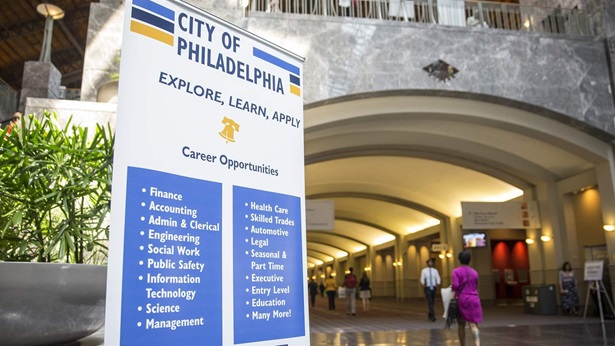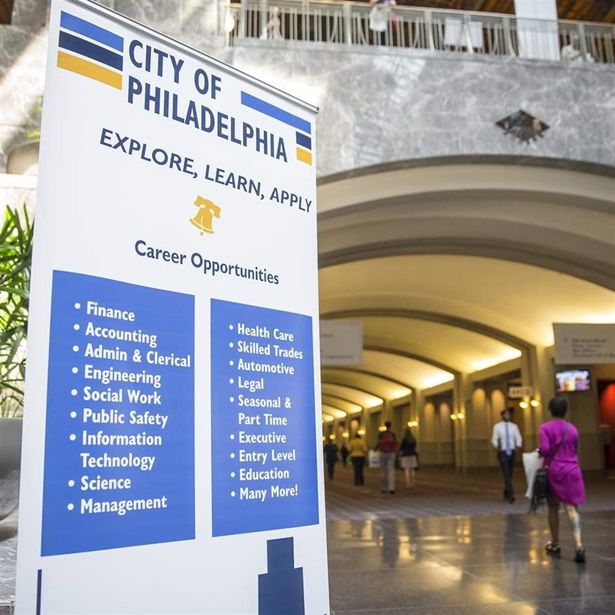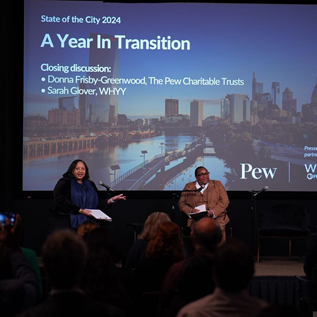How to Build a Culture of Performance in City Government
Experts discuss strategies for encouraging data-centered approaches to improve vital services

For city government leaders who want to use data-centered performance management systems to improve how they deliver vital public services, creating an organizational culture that supports innovation is essential.
How to establish that sort of culture was the focus of a virtual panel discussion held June 23, sponsored by The Pew Charitable Trusts’ Philadelphia research and policy initiative and the Committee of Seventy, a Philadelphia-based good government organization.
At the session, Sly James, the mayor of Kansas City, Missouri, from 2011 through 2019, and Megan Williams, director of the Denver Peak Academy, established in 2011 to train Denver’s public employees to eliminate waste and improve efficiency in government operations, offered practical suggestions on what to do—and what not to do. Anjali Chainani, founder and principal of the consulting firm Anavi Strategies, moderated the discussion.
“Leadership [from the top] is absolutely important,” said James, who in 2011 created KCStat, a city program that brings together division and department directors, the city manager, and the mayor to use data to discuss Kansas City’s progress toward its goals. A key leadership task, he said, was making sure that government employees at all levels “didn’t see a switch to data as a threat to their jobs and their security.”
“Trust, you’ve got to have trust,” said Williams. “You need to have flexibility, to shift if you see something’s not working. … You have to make people [in government] feel like they are a part of the solution—they are not the problem—and that you can empower them to do what they came here to do.”
At its best, James said, publicly relying on data to help set priorities and pinpoint problems can help lead to easier acceptance of new approaches by other public officials and potential critics.
“It was very hard [for anyone] to question a decision or a program or whatever when the data said this is the logical outcome of what we see here,” James said of his years as mayor. “We don’t want a divided city; we want a united city. And one of the best ways to do it is to avoid doing things that are partisan. Data allows us to make decisions without regards to partisanship. It allows us to make decisions that can be explained to a Republican, a Democratic, a conservative, or a liberal. ... It allows us to be public servants as opposed to politicians.”
Williams, however, stressed the need to build support internally as well, noting that it can be challenging to create an environment that is open to data-centered innovation and change. Doing so, she said, requires getting department heads, middle managers, and front-line workers alike to view data collection and analysis as a process that can help them become more efficient and productive.
“So many people are scared to start tracking data,” Williams said, because the results may have been used against them or colleagues in the past.
Both panelists agreed that leaders must show city employees, some of whom can be entrenched in their ways, how change can benefit them. Show how efficient work practices can result in happier supervisors, more thanks from city residents, and a sense of job satisfaction among the workers themselves.
As innovations are implemented, however, problems are sure to develop. When that happens, the panelists said, make sure the difficulties are framed as being about the processes and not the people. Blaming individuals is a sure way to engender resistance.
They also agreed on the importance of giving employees at all levels a voice in the conclusions drawn from new data—and how work systems are revised as a result. This helps create buy-in among the people tasked with performing the service and takes advantage of their expertise. Said Williams, “The people who do the work every day are the best people to fix it.”
And when innovation produces positive results, let the public know and share the credit. As mayor, James said, he would celebrate a success by holding a news conference and letting front-line workers take a bow.
Critically, leaders must also make it clear that it’s OK to fail. “If you want innovation, you’ve got to be ready for the innovations that don’t work,” James said. Williams agreed, noting that while there can be no tolerance for poor performance, tolerance for failure in the innovation space is essential.
The event was the second in a series of conversations on the use of data-based performance management systems in city government. The first session, held May 25, looked at the state of such systems nationwide. A third is expected for later this summer.
Larry Eichel is a senior adviser for The Pew Charitable Trusts’ Philadelphia research and policy initiative.














